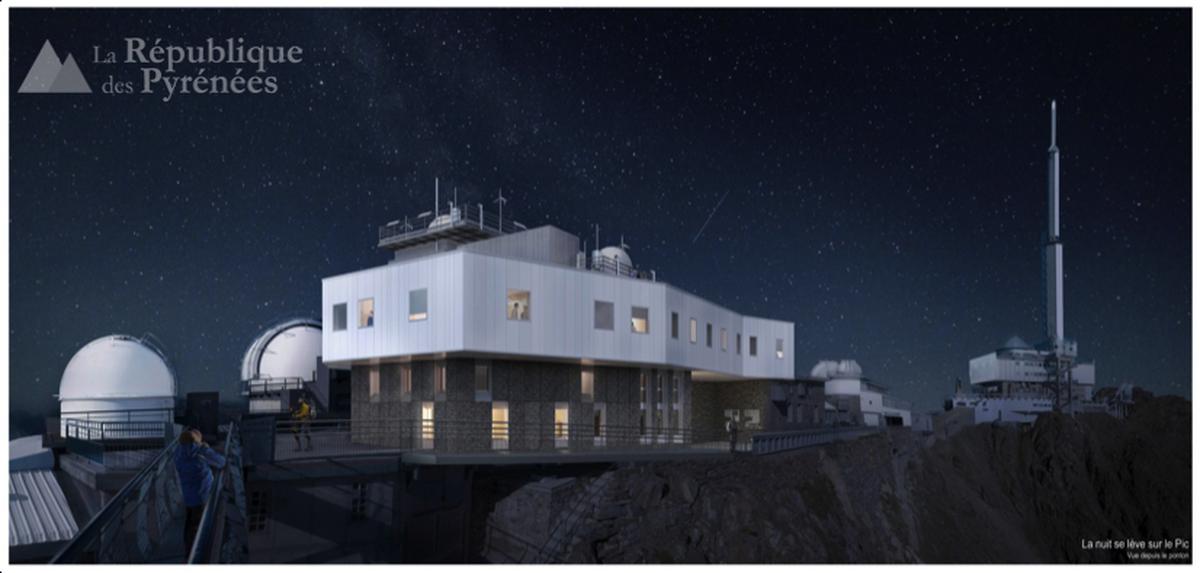Are they prepping to search for the sun's sister?
The following article is about an extension of an observatory atop a mountain in the Pyrenees:

 www.larepubliquedespyrenees.fr
www.larepubliquedespyrenees.fr
The following article is about an extension of an observatory atop a mountain in the Pyrenees:

Un projet de deux nouveaux bâtiments au Pic du Midi de Bigorre
L'université Toulouse III - Paul Sabatier annonce le lancement d'un projet de création de deux nouveaux bâtiments à vocation scientifique pour une surface de 500 m2 au sommet du Pic du Midi de Bigorre. Pour un coût de 4,5 millions d'euros.
publié le 15 novembre 2019 à 11h10.
Toulouse III University - Paul Sabatier announces the launch of a project to create two new scientific buildings for an area of 500 m2 atop the Pic du Midi de Bigorre. For a cost of 4.5 million euros.
A new real estate project begins at the summit of the Pic du Midi. With the creation in extension of two new buildings, the base of observation increases its capacity of reception and scientific accommodation of more than 500 m ².
The selection of the Tryptique architectural firm marks the first stage of this large-scale project led by the University Toulouse III - Paul Sabatier, funded for 500,000 euros by the State, 500,000 euros out of its own funds. and 3.5 million euros by the Occitania Region (including 3 million euros of European ERDF funds which it manages).
Last edited by a moderator:


